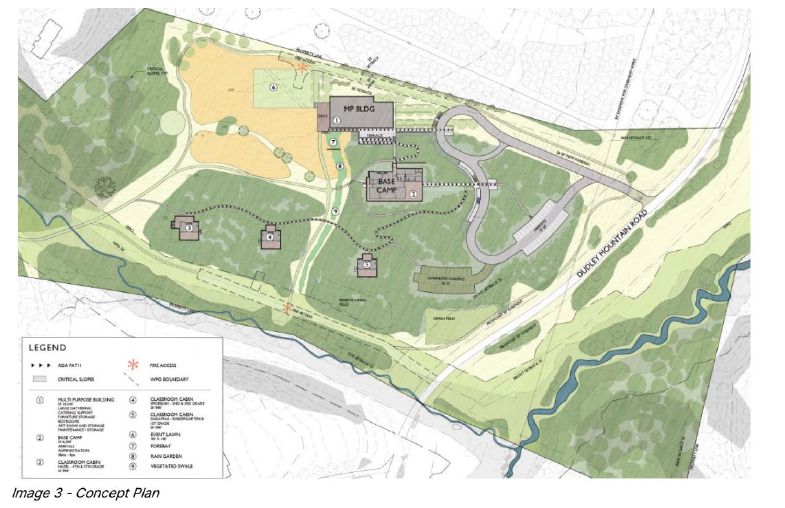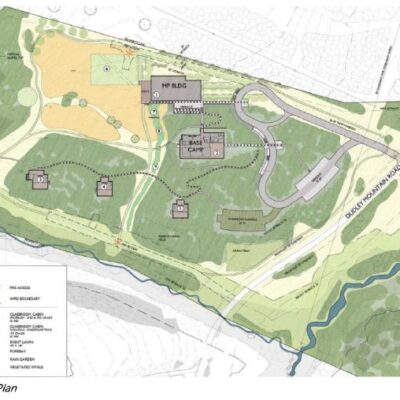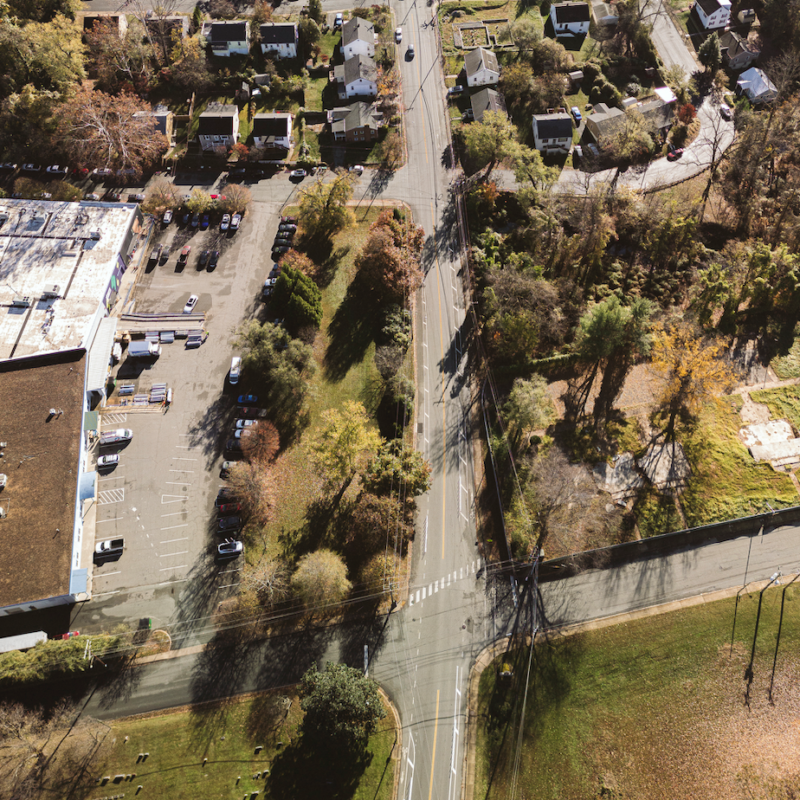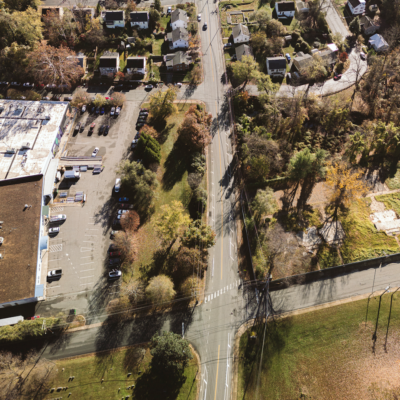It took almost six hours to get to the point—approval or denial by the Planning Commission for the largest residential development in Albemarle history, Biscuit Run—but the moment the developers’ attorney, Steven Blaine, made clear that he would not ask for a deferral, Commissioner Eric Strucko didn’t miss a beat.
“Madam chair, I recommend denial with ZMA 05-17,” said Strucko. “Second,” immediately added Bill Edgerton, who had been on Blaine’s case all night concerning the 3,100-unit project proposed for 828 acres in southern Albemarle.
 The largest project in county history, the 3,100 housing unit Biscuit Run development now goes to the Board of Supervisors. The Planning Commission recommended denial, reasoning that it’s still unclear whether developers are offering enough for infrastructure. |
Some commissioners qualified their decisions—Duane Zobrist cited the amount of the transportation proffers and William Craddock said he wanted to see a water/sewer agreement in place—but all joined Strucko’s motion, unanimously denying the Biscuit Run rezoning 7-0.
Roughly 100 people filled Lane Auditorium on the night of March 27, and 27 of those in attendance stepped up to the mic. Most of the comments took on specifics of the design—the location of higher density housing near Oak Hill neighbors or the state of the water/sewer system—rather than emotional displays or general descrying of development.
“A well-designed Biscuit Run project could become just the type of functional and appealing community the county envisions for its growth areas,” said Morgan Butler, representing both the Southern Environmental Law Center and the level of public input. “On the other hand, a project that is rushed through the review process before all issues are resolved could turn 800 acres of our southern development areas into a new outpost for suburban sprawl.” Butler then laid out a series of specific aspects that needed re-examination.
 Steven Blaine, representing Biscuit Run developers, says the community loses if Biscuit Run is turned down by the Board of Supervisors. “You have to conclude that they’ll be more expensive units” if Biscuit Run goes by-right, Blaine says. “We reduce our costs quite a bit by not having to” provide proffers for roads, schools and a park. |
Despite such specificity, development in general was at the heart of the Commission’s discussion: How much should developers pay to offset the infrastructure cost placed on everyone else?
During Blaine’s 10 minute presentation, which included a list of “10 Reasons Why Biscuit Run is a Positive Project for the Community,” he implied that Biscuit Run is paying an unfair premium as compared to other recently approved developments. He cited estimates of Biscuit Run’s proffers that came to $10,189 per unit—as opposed to the $3,200 proffered by the Avinity project approved just weeks ago.
Several commissioners had a hard time swallowing the valuations that Blaine gave for the proffers ($31.6 million), or even the $20.7 million figure provided by Steven Allshouse, the county’s fiscal-impact analyst. A March calculation from the Virginia Department of Transportation (VDOT) put Biscuit Run’s share of improvements to Route 20, Avon Street and Old Lynchburg Road alone at $32 million, or $14,260 per unit, though VDOT officials dropped the estimate to $28 million at the meeting.
Any money is more money than the county would get from Biscuit Run if developers lowered the density to “by-right,” meaning it wouldn’t require such stringent approvals from the county. Blaine openly discussed the by-right option when addressing the Commission.
“It’s important to know that the investors in this project really can be O.K. if this zoning is turned down, I’m just laying it right out there,” said Blaine. “Now what the investors would not appreciate…is if we spent another year, whatever it would take, and we ended up having the rezoning turned down. …The only people that lose [if we go by-right] is the community, because the community does not then get all of the things that we talked about tonight as the benefits of this plan.”
Later, with that very much in mind, Commissioner Jon Cannon laid out the county’s predicament: “We’re involved with a negotiation where we try to maximize the benefit to the community without driving the decision in a way that produces a development that’s not to the overall benefit to the community. And I think we ought to be honest about that.”
But after hours of talk about the proffers and their appropriateness—how much is enough for schools, for parks, for roads, for affordable housing—the commissioners could not be comfortable with the far-from-finalized convolution before them. As Secretary Sharon Taylor called for their votes, even the P.A. system sounded worn and tired.
The project now goes to the Board of Supervisors, who have an April work session before their May 9 public hearing on the project.
While he had hoped for conditional approval, Blaine doesn’t think the Planning Commission vote was fruitless. “We needed to have a clear direction,” Blaine says, “so I felt like the six hours that we spent was to that end.”
Blaine says that they’re finalizing a by-right option—theoretically 1,420 units, though realistically probably several hundred fewer—in the event the Board of Supervisors shoots down the rezoning. “We’ve got to move,” says Blaine. “We can’t just sit back on our hands.”
For more information:
Follow C-VILLE coverage of Biscuit Run.
Charlottesville Tomorrow has video of Steve Blaine’s presentation for the Biscuit Run developer (13 min)
C-VILLE welcomes news tips from readers. Send them to news@c-ville.com.





